Re-Planting Orange Tree Into Ground?
sandiegodude
13 years ago
Related Stories
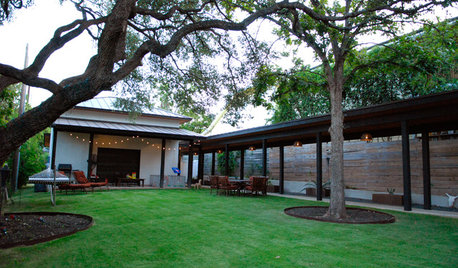
TREESHow to Protect Your Trees When You’re Remodeling or Building
Will your home be undergoing construction this year? Be sure to safeguard your landscape’s valuable trees
Full Story
GARDENING GUIDESWhen and How to Plant a Tree, and Why You Should
Trees add beauty while benefiting the environment. Learn the right way to plant one
Full Story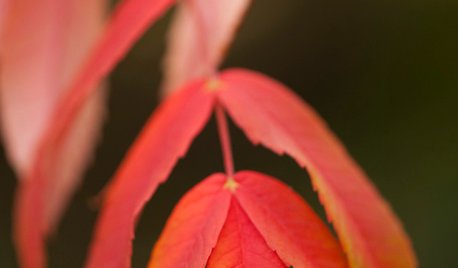
RED FOLIAGEGreat Design Tree: Staghorn Sumac
This fall superstar burns bright red and orange in the landscape — just keep an eye on its spread while you watch the show
Full Story
GARDENING GUIDES6 Dependable Ground Covers for Warm Climates
Swap some lawn for these drought-tolerant clumping plants — and watch your maintenance efforts diminish while they easily grow
Full Story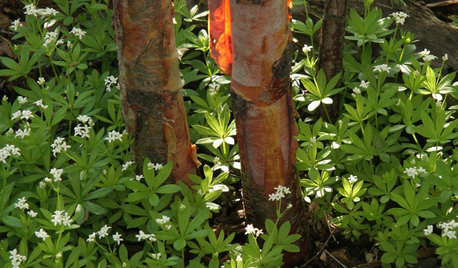
GARDENING GUIDES6 Deer-Resistant Ground Covers to Plant This Fall
Learn about some of the only low, spreading plants that are reliably deer-resistant
Full Story
GARDENING GUIDESGreat Design Plant: Bugle Weed, a Quick Ground Cover
It’s highly adaptable, suppresses weeds, reduces erosion and provide weeks of bright flowers. Just watch for invasiveness
Full Story
GROUND COVERSGround Force: 10 Top Ground Covers for Your Garden
Protect your soil from weeds and drought this summer with a living mulch of ground covers
Full Story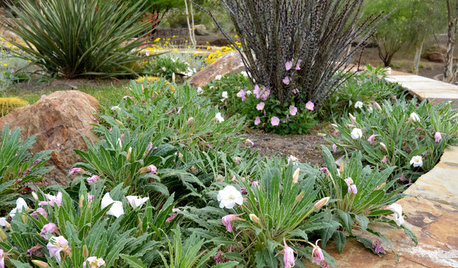
GARDENING GUIDES10 Native Ground Covers for Southwestern Landscapes
Create a carpet of color in your landscape with one or more of these sun-loving plants
Full Story
TREES7 Deer-Resistant Flowering Trees to Plant this Fall
If you live in a neighborhood with roaming deer, consider these beautiful trees that won't tempt hungry guests
Full Story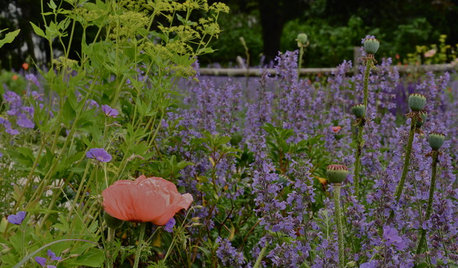
GARDENING GUIDESGreat Design Plant: Walker's Low Catmint
Prolific purple blooms, fragrant leaves, and cold-hardiness makes this a go-to plant for almost any garden
Full Story





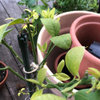
call_me_wizfire
mrtexas
Related Professionals
Foothill Ranch Landscape Architects & Landscape Designers · Simi Valley Landscape Architects & Landscape Designers · South Orange Landscape Architects & Landscape Designers · Alamo Landscape Contractors · Battle Ground Landscape Contractors · Bellefontaine Neighbors Landscape Contractors · Bridgeport Landscape Contractors · Chattanooga Landscape Contractors · Columbine Landscape Contractors · Davis Landscape Contractors · Dunwoody Landscape Contractors · Edwardsville Landscape Contractors · Gaithersburg Landscape Contractors · Huntington Landscape Contractors · Metairie Landscape ContractorssandiegodudeOriginal Author
rhizo_1 (North AL) zone 7
rhizo_1 (North AL) zone 7
sandiegodudeOriginal Author
rhizo_1 (North AL) zone 7